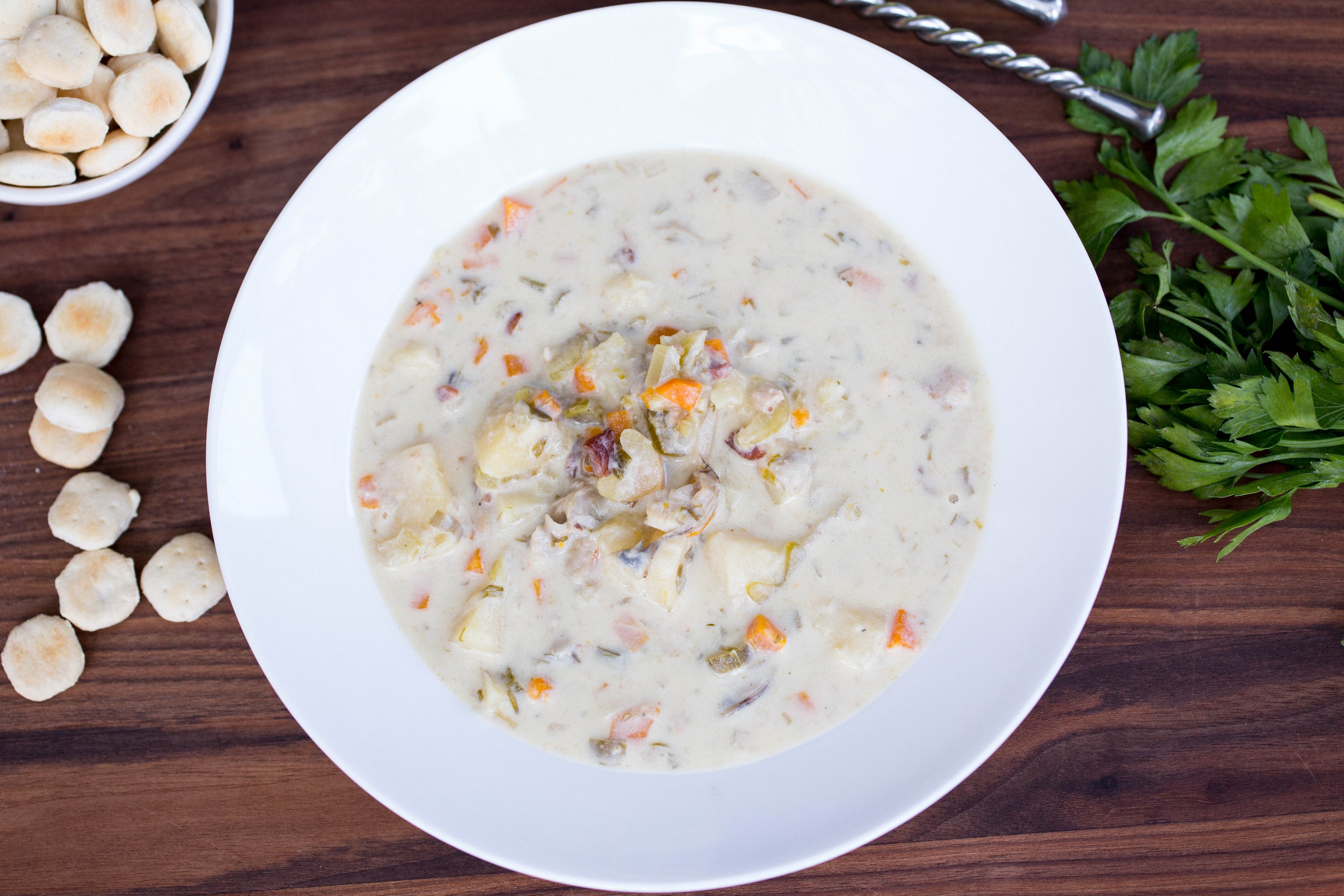Let’s talk about one of our favorite mollusks. CLAMS! We want to take a deep dive into what makes fresh clams good or bad, and then look into the best ways to prepare our favorite bivalves. This blog will look at all sorts of determining factors to help make you a fresh clam expert by the end of it. Like all other seafoods, and many other types of food, fresh clams are preferable. They have the most flavor, will provide an experience that cant be a match by frozen, and will have the best results through the cooking process. Before purchasing it is important to know how to tell if clams are bad, how to tell if a clam is alive, and how to prepare raw clams. Knowing each of these will allow you to confidently complete your clam dish safely.

How to tell if a Clam is Alive
You may have always been wondering, are clams alive when you buy them? The easiest way to tell if a clam is alive, and therefore able to eat, is to tap on the shell of an open clam and see if it closes. You will instead look for some movement or response to tapping on it. If it closes, then it is still alive and you can eat them.
If the clam shows no movement when you tap it, or if it stays shut and you can easily open it, these are signs that it is no longer alive and should be thrown away. They should be kept in the fridge only for a short period of time, no more than two days, and cooking them the day you get them is best.
Dead clams look like one that is alive, so it is not possible to tell just from looking. Often a live clam will be slightly open, however, they may close if they are bumped or touched, making it necessary to check them further before moving forward. When facing the question if clams are open are they bad, the only suitable response is that they may be fine, but you will need to gently tap the edge of the shell and see if it closes. If it remains open, then it has spoiled.
How to tell if Clams are Bad
One of the most important factors when selecting food is if it is still good, and safe to eat, or if it has spoiled. Spoiled clams are full of unhealthy bacteria and will cause food poisoning, which at its least will cause hours or days of discomfort and may lead to minor dehydration, and at its worst can lead to hospital stays with extreme illness. If you are uncertain, it is safer to not eat it than to take the chance that it may have already spoiled.
We Tried 14 Canned Clam Chowders & This Was The Best
How do you know if clam chowder is bad?
The best method is to smell and inspect the canned clam chowder; if any mold or an off flavor or appearance develops, it should be thrown out. All clam chowder in cans or packages that are leaking, rusting, bulging, or severely dented should be thrown away. Does clam chowder go bad?
How long does cooked clam chowder last?
Cooked clam chowder generally lasts for 3 to 4 days in the fridge, especially when stored in an airtight container. It’s important to cool the chowder down to room temperature before putting it in the fridge. If the chowder is still warm when it is put in the fridge, it can cause bacterial growth, which can lead to food poisoning.
Why does clam chowder smell bad?
If your clam chowder is past its prime, it may have an off smell or taste. Spoiled chowder can also cause foodborne illness, so it’s important to follow proper food safety guidelines. If your chowder smells sour or has a musty odor, it has likely gone bad. If it’s cloudy or has an off color, it’s also likely spoiled.
Is canned clam chowder spoiled?
Storage time shown is for best quality only – after that, the canned clam chowder’s texture, color or flavor may change, but in most cases, it will still be safe to consume if it has been stored properly, the package is undamaged, and there are no signs of spoilage (see below). How can you tell if canned clam chowder is bad or spoiled?
